Anthropology IAS Mains Question Paper 2023:
There are Eight questions divided into Two Sections. Candidate has to attempt Five questions in all. Questions no. 1 and 5 are compulsory and out of the remaining, any Three are to be attempted choosing at least One question from each section.
| Anthropology IAS Mains Question Paper- I |
Section- A:
1:- Write notes on the following in about 150 words each: (10 x 5 = 50)
(a) Scope and relevance of Social and Cultural Anthropology
(b) Cultural impact of Iron Age
(c) Race and Ethnicity
(d) Customary laws and Environmental conservation
(e) Gene expression
2:- (a) Discuss major species of Australopithecus discovered from South and East Africa. Describe the discovery, physical features and significance of Taung baby. (20)
(b) Discuss the Paleolithic environment in light of available evidences with special reference to India. (15)
(c) Elucidate the different forms of malnutrition. Describe protein–calorie malnutrition with suitable examples. (15)
3:- (a) What is hominization process? Discuss the major trends in human evolution with the help of suitable examples and illustrations. (20)
(b) How did Clifford Geertz look at religion? Differentiate between anthropological and psychological approaches to the study of religion. (15)
(c) What is mixed-longitudinal method of studying human growth? Discuss its merits and demerits. (15)
4:- (a) Discuss the role of marriage regulations in traditional societies in India for strengthening social solidarity. (20)
(b) Discuss various methods of personal identification based on skeletal remains. (15)
(c) Identify the major Mesolithic sites and describe the typo-technological features with special reference to India. (15)
Section- B:
5:- Write notes on the following in about 150 words each: (10 x 5 = 50)
(a) Polygenic Inheritance
(b) Prehistoric significance of Rakhigarhi
(c) Glottochronology
(d) Menopausal symptoms
(e) William Ogburn and Cultural lag
6:- (a) Critically discuss the controversies related to fieldwork of Bronislaw Malinowski and Margaret Mead. (20)
(b) Discuss the impact of globalization on the economic systems of indigenous communities. (15)
(c) Describe the practical applications of DNA technology in the current scenario. (15)
7:- (a) Describe various methods of qualitative data analysis. Highlight some popular computer softwares used in qualitative analysis. (20)
(b) What assumptions must be met for a population to be in genetic equilibrium? Explain the importance of genetic equilibrium. (15)
(c) Discuss political and methodological aspects of national character studies. Elucidate the contemporary relevance of such studies. (15)
8:- (a) Critically examine Arjun Appadurai’s conceptualization of global cultural economy. (20)
(b) Describe the causes of structural abnormalities of chromosomes with suitable examples. (15)
(c) Critically discuss A.L. Kroeber’s contribution to kinship studies. (15)
| Anthropology IAS Mains Question Paper- II |
Section- A:
1:- Write short notes on the following in about 150 words each: (10 x 5 = 50)
(a) Material culture and archaeology
(b) Interface between Purushartha and Ashrama
(c) Jajmani system : continuity and change
(d) Prehistoric rock arts from Uttarakhand
(e) Religious pluralism and social solidarity
2:- (a) “Tribes are backward Hindus.” Critically comment with reference to the contributions of G.S. Ghurye. (20)
(b) “Indus Valley was the first settlement of the big civilization.” Comment critically. (15)
(c) Discuss the basic tenets of Jainism and its impact on Indian society. (15)
3:- (a) “Sanskritization is a culture-bound concept.” Critically comment to assess the strength and limitation of this concept in developing a theoretical framework to study social change. (20)
(b) Was Mesolithic culture the first step towards a sedentary way of life? Illustrate your answer by citing suitable examples. (15)
(c) Critically examine the impact of modern democratic institutions on contemporary tribal societies. Illustrate with suitable ethnographic examples. (15)
4:- (a) Elucidate the problems faced by Particularly Vulnerable Tribal Groups and the major challenges in the formulation of special programmes for their development. (20)
(b) Critically compare Risley’s and Sarkar’s approaches to the classification of peoples of India. (15)
(c) Is caste mobility a recent phenomenon? Discuss in the light of Indological and Empirical context. (15)
Section- B:
5:- Write short notes on the following in about 150 words each: (10 x 5 = 50)
(a) Scheduled areas
(b) Ramapithecus-Sivapithecus debate
(c) Village as little republic
(d) Dravidian language and their subgroups
(e) Karma and Rebirth
6:- (a) Is annihilation of caste possible? Discuss the future of caste system in the light of various proactive measures taken by the Indian State. (20)
(b) Distinguishing between ethnic identity and ethnicity, discuss the factors responsible for ethnic conflict in tribal areas. (15)
(c) “Siwalik deposits show a variety of Neogene fossil primates.” Critically examine. (15)
7:- (a) Elucidate the shifting terrains of India’s tribal policies in colonial and post-colonial periods. (20)
(b) Critically examine how the displacement of tribal communities due to hydroelectric river dam projects has affected the women in local context. Illustrate with suitable ethnographic examples. (15)
(c) Elucidate the role of anthropology in nation building. Illustrate with suitable examples. (15)
8:- (a) Discuss the distribution of tribes in different geographical regions of India. Identify the distinct institutional features of tribal societies of these regions. (20)
(b) Critically evaluate the contributions of S.C. Roy to Indian anthropology. (15)
(c) How are Other Backward Classes identified? Enumerating the important features, elucidate the recent changes in their social and economic life. (15)
| Anthropology IAS Mains Question Paper 2022 Download Anthropology IAS Mains Question Paper 2023: Paper- I and Paper- II The Jajmani System Tribe-Caste Continuum Concept of Sacred Complex Four Stages of Life- Ashram System Caste System in India |

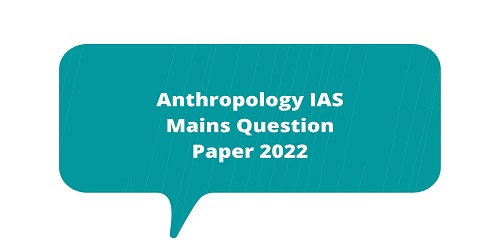
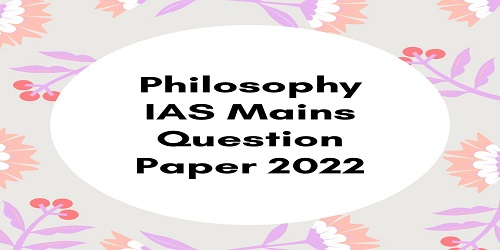
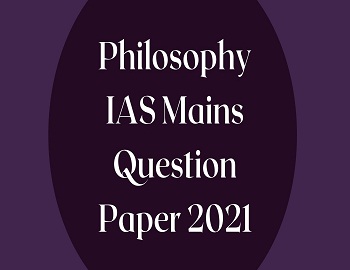


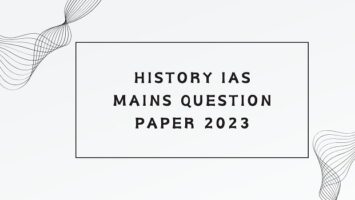
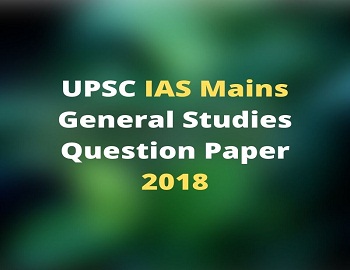
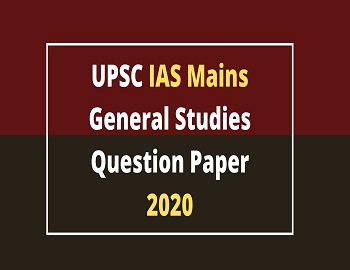
Comments (No)